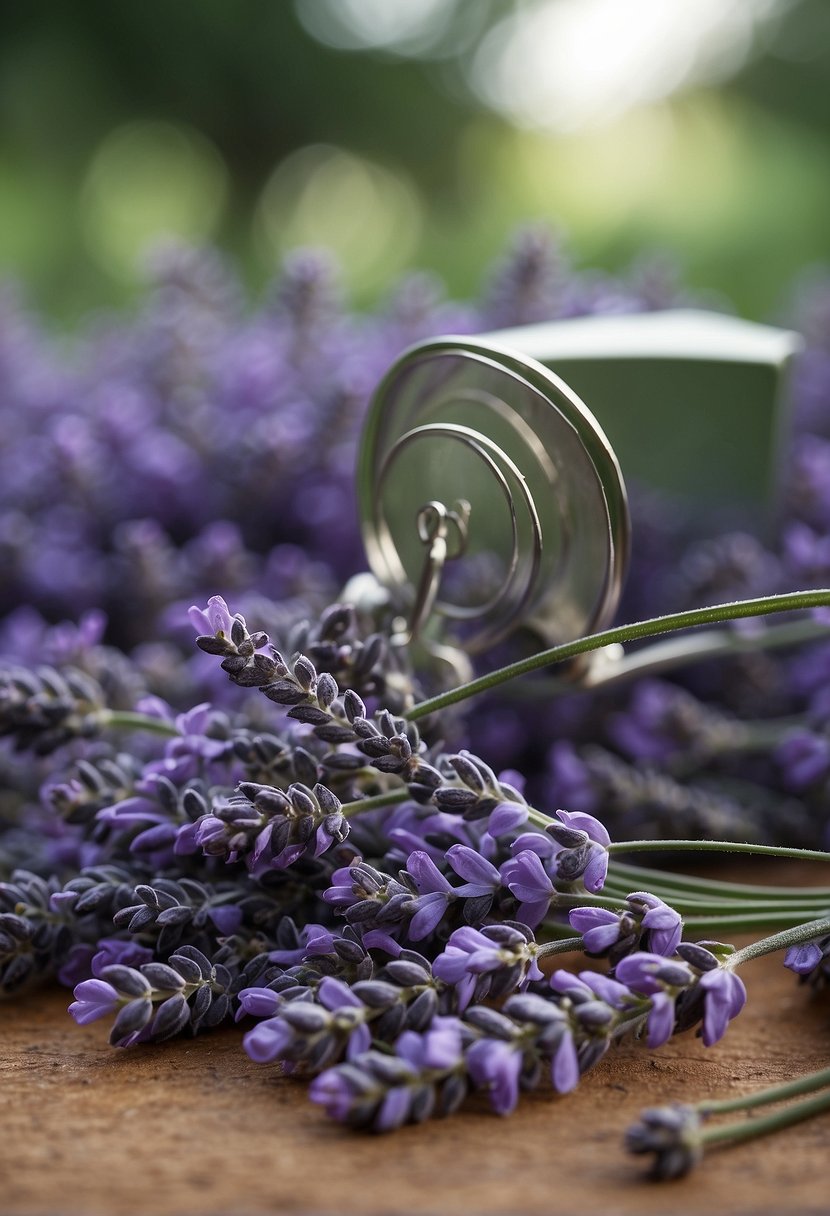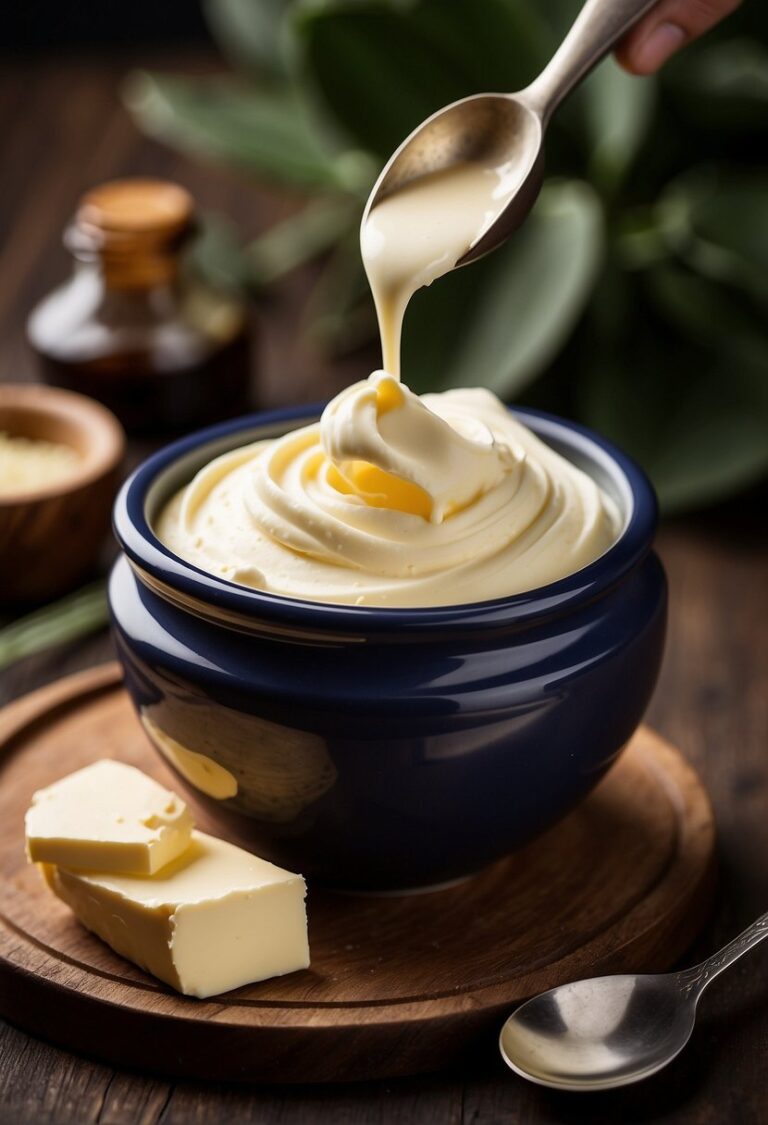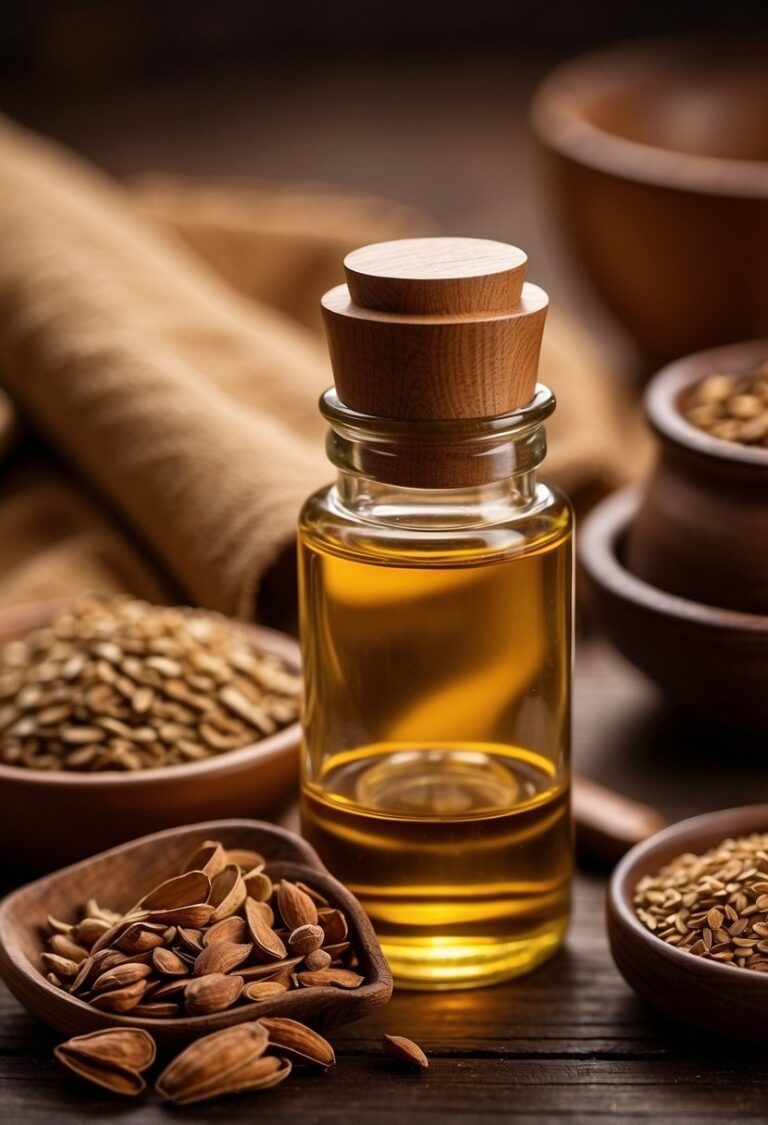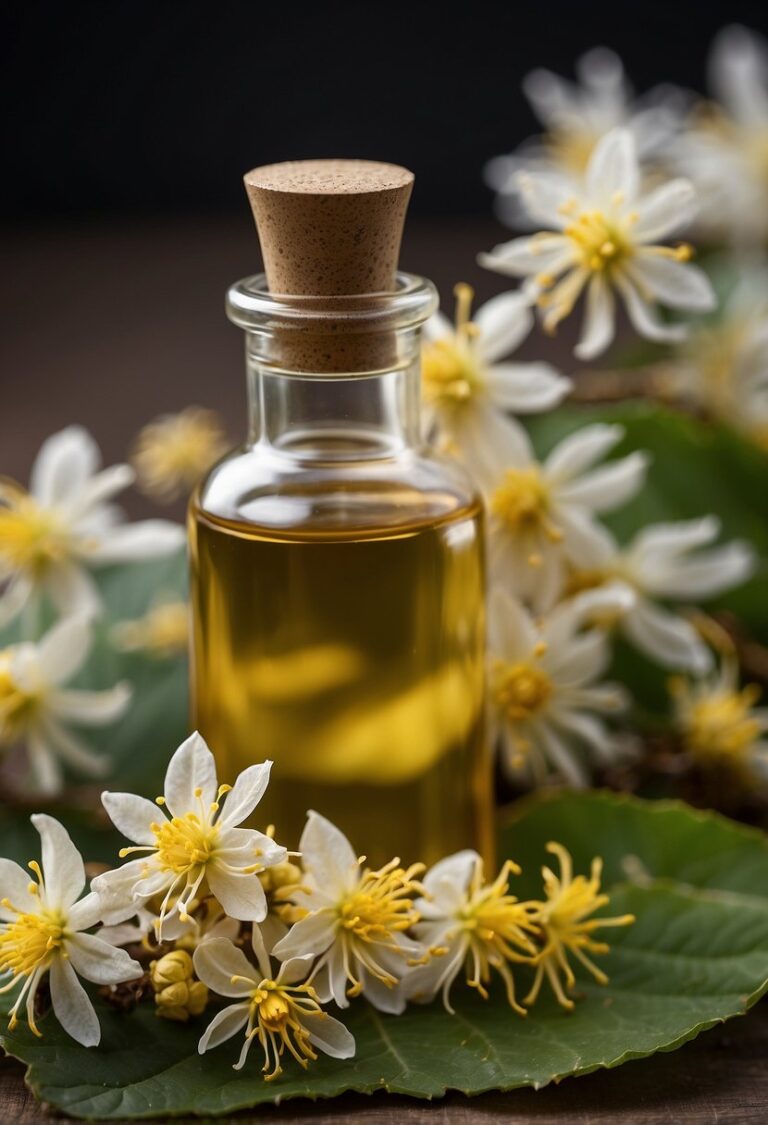How to Make Lavender Essential Oil at Home
If you’re looking to create your own lavender essential oil, you’re in luck! Making your own essential oil from dried lavender flowers and a carrier oil is an easy and rewarding process. Lavender oil is a versatile essential oil that can be used for aromatherapy, cooking, household uses, and personal care products.

To make lavender essential oil, you’ll need to start with dried lavender flowers and a carrier oil of your choice. The most commonly used carrier oils for making essential oils are coconut oil, olive oil, and jojoba oil. Once you have your materials, you’ll need to steep the dried lavender flowers in the carrier oil for a minimum of one week, up to several weeks. As the flowers infuse in the oil, the natural essential oils in lavender are drawn out and into the carrier oil.
Making your own lavender essential oil is not only a fun and rewarding process, but it also allows you to control the quality of the oil you’re using. By using high-quality ingredients and carefully following the steps, you can create a pure, natural essential oil that can be used in a variety of ways. So why not give it a try and make your own lavender essential oil today?
Understanding Lavender Oil

Lavender oil is one of the most popular essential oils used in aromatherapy. It is extracted from the flowers of the lavender plant and has a sweet, floral, and herbaceous aroma. Lavender oil is known for its calming and relaxing properties, making it a popular choice for stress relief and promoting restful sleep.
Benefits of Lavender Oil
Lavender oil has many benefits for both the mind and body. Here are some of the most common benefits of using lavender oil:
- Relaxation: Lavender oil is known for its calming properties and can help reduce stress and anxiety. It can also promote relaxation and improve sleep quality.
- Pain Relief: Lavender oil has anti-inflammatory properties and can help reduce pain and inflammation. It is often used to relieve headaches and muscle pain.
- Skin Care: Lavender oil has antiseptic and anti-inflammatory properties, making it a great choice for treating skin conditions such as acne, eczema, and psoriasis.
- Respiratory Health: Lavender oil has a soothing effect on the respiratory system and can help relieve symptoms of respiratory conditions such as asthma and bronchitis.
Types of Lavender for Oil Production
There are many different types of lavender, but not all are suitable for oil production. Here are some of the most common types of lavender used for oil production:
- Lavandula angustifolia: Also known as English lavender, this is the most commonly used lavender for oil production. It has a sweet and floral aroma and is known for its calming properties.
- Lavandula x intermedia: Also known as lavandin, this is a hybrid of English lavender and spike lavender. It has a stronger aroma than English lavender and is often used in perfumes and soaps.
- Lavandula stoechas: Also known as Spanish lavender, this type of lavender has a strong, woody aroma and is often used in perfumes and colognes.
When making lavender oil, it is important to choose the right type of lavender for your desired aroma and therapeutic properties.
Harvesting Lavender

If you want to make lavender essential oil, the first step is to harvest the lavender flowers. Here are some tips on how to harvest lavender:
Best Time to Harvest
The best time to harvest lavender is when the flowers are in full bloom. This is usually in the summer months, from June to August. You want to make sure that the flowers are fully matured and have not started to wilt or dry out.
Harvesting Techniques
There are a few different techniques you can use to harvest lavender. Here are some of the most common methods:
- Hand harvesting: This involves cutting the lavender flowers off the stem by hand. This is a good method if you only have a small amount of lavender to harvest.
- Scythe harvesting: This involves using a scythe to cut the lavender stems. This is a good method if you have a larger amount of lavender to harvest.
- Machine harvesting: This involves using a machine to cut the lavender stems. This is the most efficient method, but it can damage the flowers and reduce the quality of the essential oil.
No matter which method you choose, make sure to cut the lavender stems in the morning when the flowers are at their freshest. Also, be sure to leave some flowers on the plant so that it can continue to grow and produce more flowers in the future.
Once you have harvested your lavender flowers, you are ready to start making lavender essential oil.
Distillation Process

If you want to make lavender essential oil, the distillation process is a crucial step. Here are the three subsections that will guide you through the process:
Preparing the Lavender
Before you start distilling, it’s important to prepare your lavender. You will need to gather fresh lavender flowers and remove the stems. You can use any variety of lavender, but English lavender is the most commonly used for essential oil.
Steam Distillation Method
The steam distillation method is the most common way to extract essential oils from plants, including lavender. Here’s how to do it:
- Fill the distiller with water up to the fill line.
- Add the lavender flowers to the basket.
- Turn on the heat source and bring the water to a boil.
- Steam will rise from the boiling water and pass through the lavender flowers, extracting the essential oil.
- The steam and essential oil will then pass through a cooling system where it will condense back into a liquid.
- The essential oil will float on top of the water and can be collected using a dropper or pipette.
Storing the Essential Oil
Once you’ve collected the essential oil, it’s important to store it properly to maintain its quality. Here are some tips:
- Store the essential oil in a dark glass bottle to protect it from light.
- Keep the bottle tightly sealed to prevent oxidation.
- Store the bottle in a cool, dry place away from direct sunlight and heat.
- Label the bottle with the date and type of essential oil for future reference.
By following these steps, you can make your own lavender essential oil and enjoy its many benefits.





